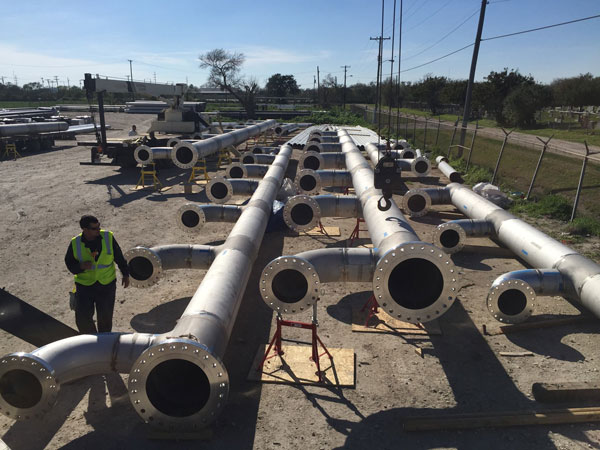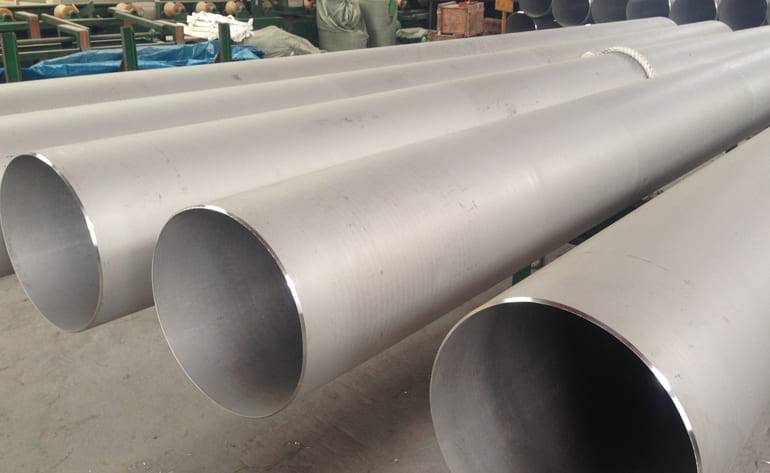July 25, 2024
High-performance stainless steel is an essential component of plumbing systems, especially in settings where corrosion resistance, high temperatures, and high pressure are required. The following are important considerations for using high-performance stainless steel in pipe systems:
Types of High-Performance Stainless Steel
-
Austenitic Stainless Steels:
- 304 and 316: Most common types; 316 has better corrosion resistance due to the addition of molybdenum.
- 904L: Highly alloyed austenitic stainless steel with excellent corrosion resistance, especially in harsh environments.
-
Duplex Stainless Steels:
- 2205: Offers high strength and excellent resistance to stress corrosion cracking.
- 2507: Super duplex with higher resistance to corrosion and higher mechanical strength.
-
Martensitic and Precipitation-Hardening Stainless Steels:
- 17-4 PH: Offers a combination of high strength, good corrosion resistance, and ease of fabrication.
-
Ferritic Stainless Steels:
- 430: Basic ferritic steel with good corrosion resistance and formability.
- 446: Contains high chromium content, offering good oxidation resistance at high temperatures.
Advantages of High-Performance Stainless Steel in Piping
- Corrosion Resistance: Crucial for applications in chemical processing, oil and gas, and marine environments.
- High Strength: Ability to withstand high pressure and mechanical stress.
- Temperature Resistance: Suitable for both high-temperature and cryogenic applications.
- Durability: Long service life reduces the need for frequent replacements and maintenance.
- Hygienic Properties: Important in food and pharmaceutical industries where cleanliness is essential.
Challenges and Considerations
- Cost: High-performance stainless steels are more expensive than standard grades.
- Welding and Fabrication: Requires specialized techniques to maintain properties.
- Material Selection: Choosing the right type of stainless steel based on the specific environmental and operational conditions is crucial.
Standards and Specifications
- ASTM (American Society for Testing and Materials): Provides standards for different grades and applications.
- ASME (American Society of Mechanical Engineers): Specifies requirements for design and construction of piping systems.
- ISO (International Organization for Standardization): Ensures international standardization of stainless steel grades and applications.




